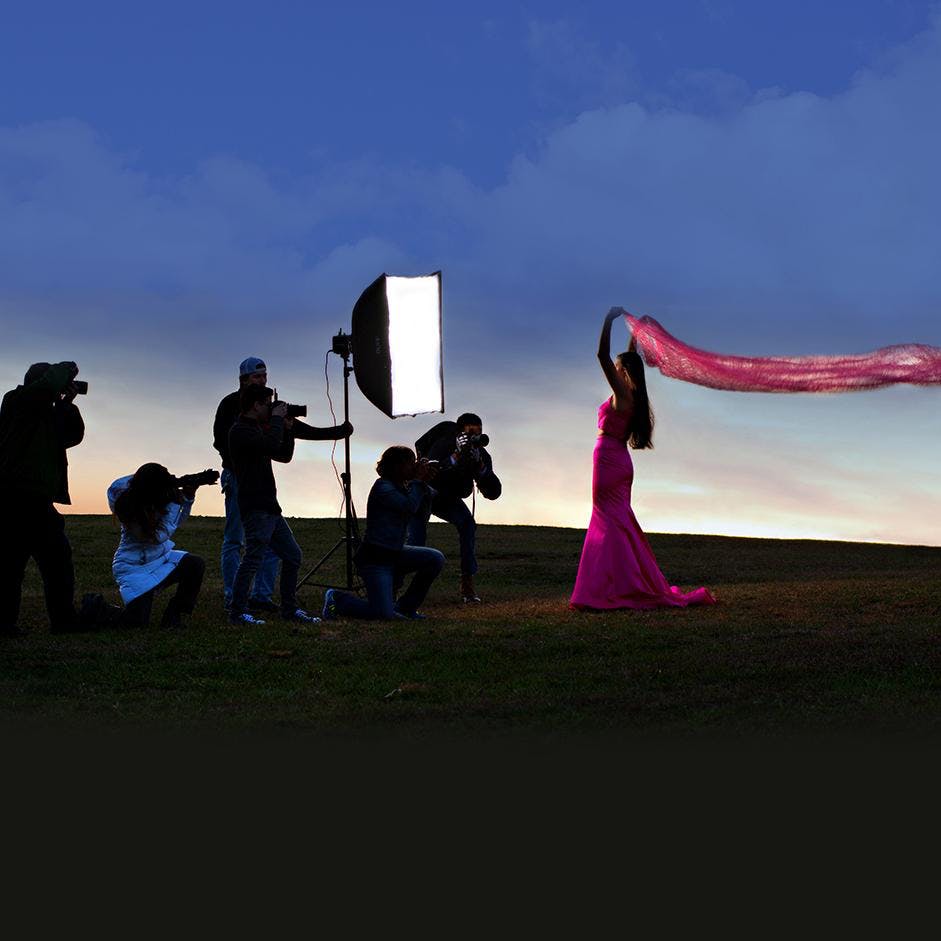Welcome to our Intermediate photography course! While cameras are ordinarily costlier, they provide flexibility to the cameraman, particularly with the settings. The Memory The quality and the resolution of the photos are dependent upon the memory of the camera. Since intermediate camera users tend to capture multiple, large-format photos, there must be additional storage within the camera so the images turn out with the best quality. Almost all cameras have a restricted internal space, which can only help to capture 2 or 3 photos. Therefore, external memory cards are important. With two or three external memory cards, you can never miss out on taking photos at your favorite occasions. Image Resolution A perfect image means it has bright colors and sharp definition. These characteristics can be achieved with high image resolution. Basic camera users are willing to take images the size of 4X6 and 5x7. For this, a three megapixel camera is enough. As an intermediate user, you will be taking much larger images such as the size of 8X10. For this, you will require a camera that ranges from five to ten megapixels. The Optical Lens The lens is a necessary feature that you need to choose carefully while selecting a camera, since it allows you to see how the image will finally turn out before you actually capture it. If you are a more experienced photographer, you will try to go for a camera with interchangeable lenses since it will help you to take various kinds of shots. Photography with a Digital Camera Keeping the mood of the environment in mind, many aspiring photographers will notice that the ‘picture show’ mode is quite useful. This feature is currently offered in HD cameras. Any painting, sculpture, photograph or alternative creative illusion of someone which highlights their facial features and expressions is technically thought of as a portrait. Portraits are specifically created for the purpose of displaying the temperament and therefore, the mood of the person or the model. A portrait is typically made with the subject looking right at the photographer or painter, so that it can interact with the viewer. The Portrait Photography Business A commercial business that quickly gained popularity worldwide is portrait photography. This should not be a surprise since many of us love hanging portraits in our homes which symbolize something special such as a graduation or wedding. This business that kicked off with subjects usually sitting or standing up against plain, boring backgrounds has now developed with photographic techniques and has subjects shot outside the studio with lots of exciting backgrounds. The Portrait Retouching Advantage At the beginning of portrait retouching, it is necessary to spot the parts that you want to keep the same and also the elements that you want to eliminate. This can bring out the best portrait and you can get better at portrait retouching by following this method. The advantages of Portrait Retouching
- A person’s natural ways are accentuated and specified in a portrait. For instance, a baby’s portrait, a waitress’s portrait and a sailor’s portrait can give you three extremely different outputs.
- Blemishes and similar distractions within the portrait can be reduced, if not fully eliminated. Also, the skin texture is raised and wrinkles and scars are eliminated.
- A person’s important features such as their eyes or skin complexion are highlighted here.
- The individuality of the subject is emphasized. Not all portraits look good with a perfect skin or wide eyes. Therefore, retouching can make truly make a difference.
- Your portraits look livelier.


